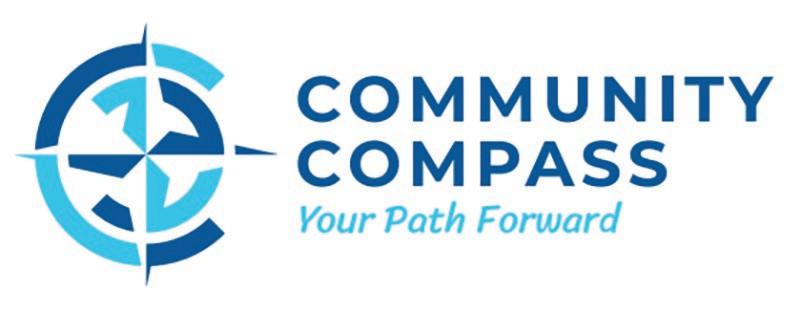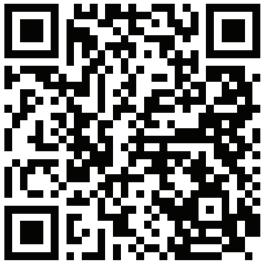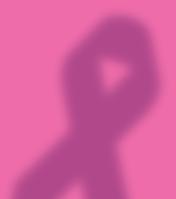

-Breast Cancer Screenings
-Birth Control
-Nexplanon Insertion
-Pap Smears
-Pregnancy Tests
-Family Planning

-PCOS Management
-STI Testing



-Breast Cancer Screenings
-Birth Control
-Nexplanon Insertion
-Pap Smears
-Pregnancy Tests
-Family Planning

-PCOS Management
-STI Testing
By ANYA SCZERZENIE Daily News-Record
Singer-songwriter Corrie Lynn Green got her first mammogram with 10 friends at Cross Keys Vineyard on a night of drinking and celebration back in 2017. The friends, who had all just turned 40, had rented a mobile mammography van for the night.
“It was no big deal. It was not painful at all,” Green said. “We were all 40, or getting ready to turn 40, so the timing was good. We all had a really pleasant afternoon.”
Green expected to have the results within a week but was surprised by an early-morning phone call the very next day telling her to come into the hospital.
“I knew right away that wasn’t good,” Green said.
She was diagnosed with Stage 2 breast cancer, but it was also Grade 3 — meaning aggressive.
It would take a lumpectomy, lymph node removal, 16 rounds of chemo, and 36 rounds of radiation before Green was considered free of cancer. While medical professionals no longer use the term “cancer-free” for breast cancer due to its high rate of recurrence, Green has shown no evidence of the disease since her treatment finished in 2018.
That’s when she began writing music.
Green grew up in the Shenandoah Valley and was exposed to Appalachian music from a young age, though she never thought she’d make it herself.
You Know The

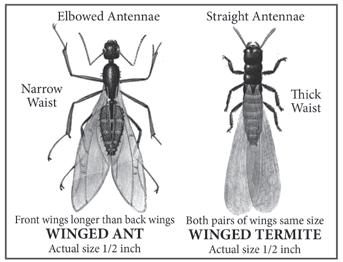

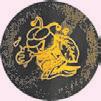

“I grew up in a bluegrass family and fiddled with music, but not really,” Green said. “I’d always been a writer, though. I kept journals, and I used to write for other bands.”
Green now writes Americana and folk music about many things, including her cancer diagnosis and how she navigated it. She says it is a way to process her life and what happened to her. Although Green was previously afraid to sing due to what she calls an “unusual” voice, she said her experience with cancer changed her outlook on life and made her less fearful of judgment.
“A producer picked me up during the pandemic, and we’ve gone on to make a lot more music together. People were at least interested in my voice,” Green said. “It gave me the courage to try more things. I said to myself, really, you survived cancer, and you’re afraid to sing? It left me feeling like there was nothing to be afraid of.”
Green is also a massage therapist, a job she says was difficult to do during her cancer treatment because of the pain she was in. However, she is much better known for her music.
Green is not entirely done with cancer treatment, though. She still has to take a medicine called Tamoxifen, which stops her body from producing estrogen, for another year.
Green said she encourages all women to get a mammogram when they turn 40 or earlier if they have a family history of breast cancer.
“Many people don’t get tested when recommended. It could be because they’re afraid they’ll find something.” Green said. “I understand, but it’s in there anyway.”
Green said she is already having conversations with her daughter, who is 14 years old, about preventing breast cancer as she ages.
“I was able to be free of disease for all these years and have an even better and more interesting life,” Green said. “Please just go get your mammogram, and maybe you’ll get to see the other side of this diagnosis.”
Contact Anya Sczerzenie at asczerzenie@ dnronline.com or 540-208-6789.
Surviving breast cancer gives musician the courage to sing
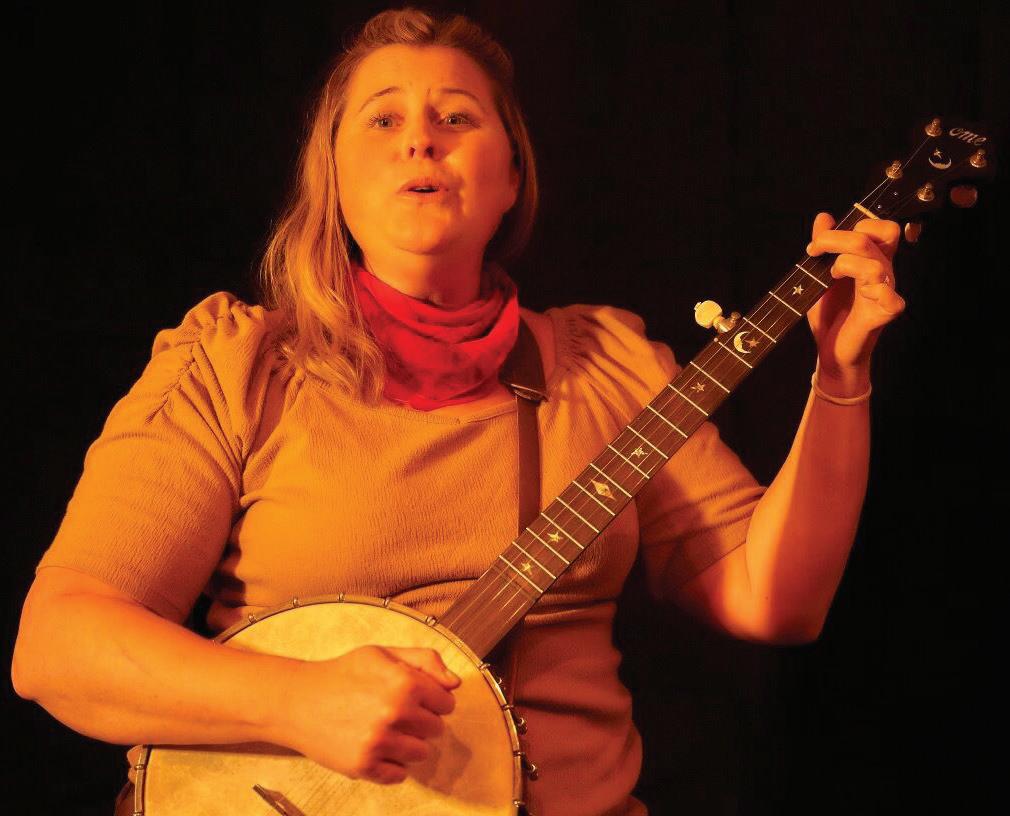
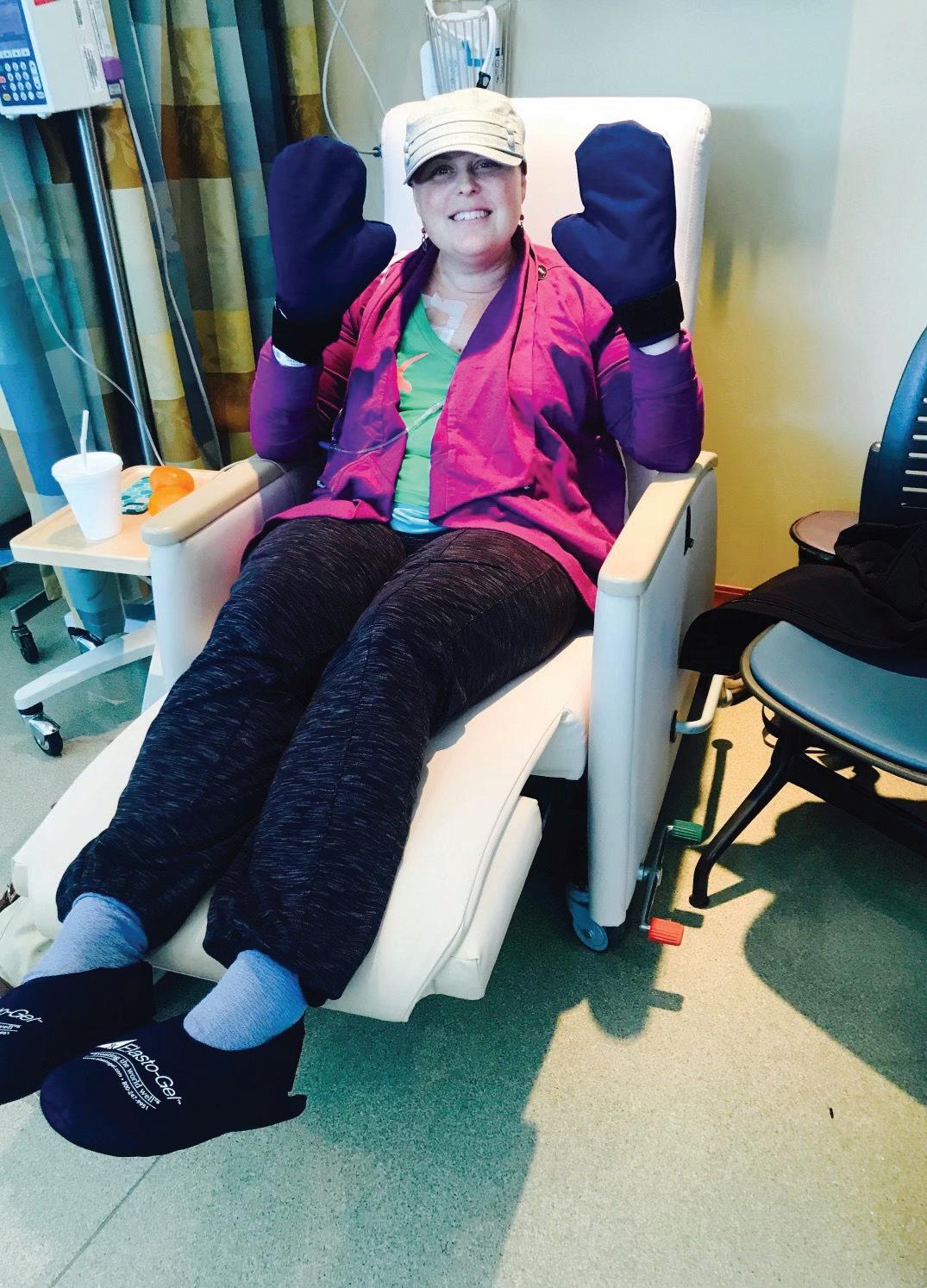
By Lee Zion Daily News-Record
ELKTON — Over 200 cars showed up for a car show last month and the money went toward breast cancer research.
The annual Car Cruise-In, held Sept. 21 at the Downtown Marketplace in Elkton, brought in hundreds of onlookers who took in the antique and exotic automobiles from Rockingham County, Augusta County, Greene County, Loudon County and elsewhere.
Children were invited to Touch-ATruck while live music played, raffle tickets were sold, and food trucks offered barbecue, French fries and ice cream.
People who entered cars were eligible for door prizes, mainly automotive goodies such as an emergency roadside kit, jump starter cables and armor-All Ultimate car cleaning kit — also gift cards for the Elkton brewery and a chair from First Bank.
More than 200 cars participated in this year’s event, which raised $760.
All of the proceeds go to the fight against breast cancer, said Jan Hensley, who serves on the Town Council.
“It’s something that touches every single person — whether it’s a relative or a friend. And it’s something that we’re trying to call attention to. Breast cancer awareness starts in October,” she said.
Sitting in the shade of the pavilion, Lori Dixon worked at selling raffle tickets and giving away pink Mardi Gras-style beads to passers-by. She was diagnosed with breast cancer in 1994 — 30 years ago.
She had chemotherapy and a mastectomy that wiped it out. She recalls what doctors said a long time ago.
“Doctors told me that I wouldn’t see my son graduate from elementary school,” she said. “I saw him through high school and college. Now he’s married with a wonderful wife and child and living on a farm. He has a farm business,” Dixon said.
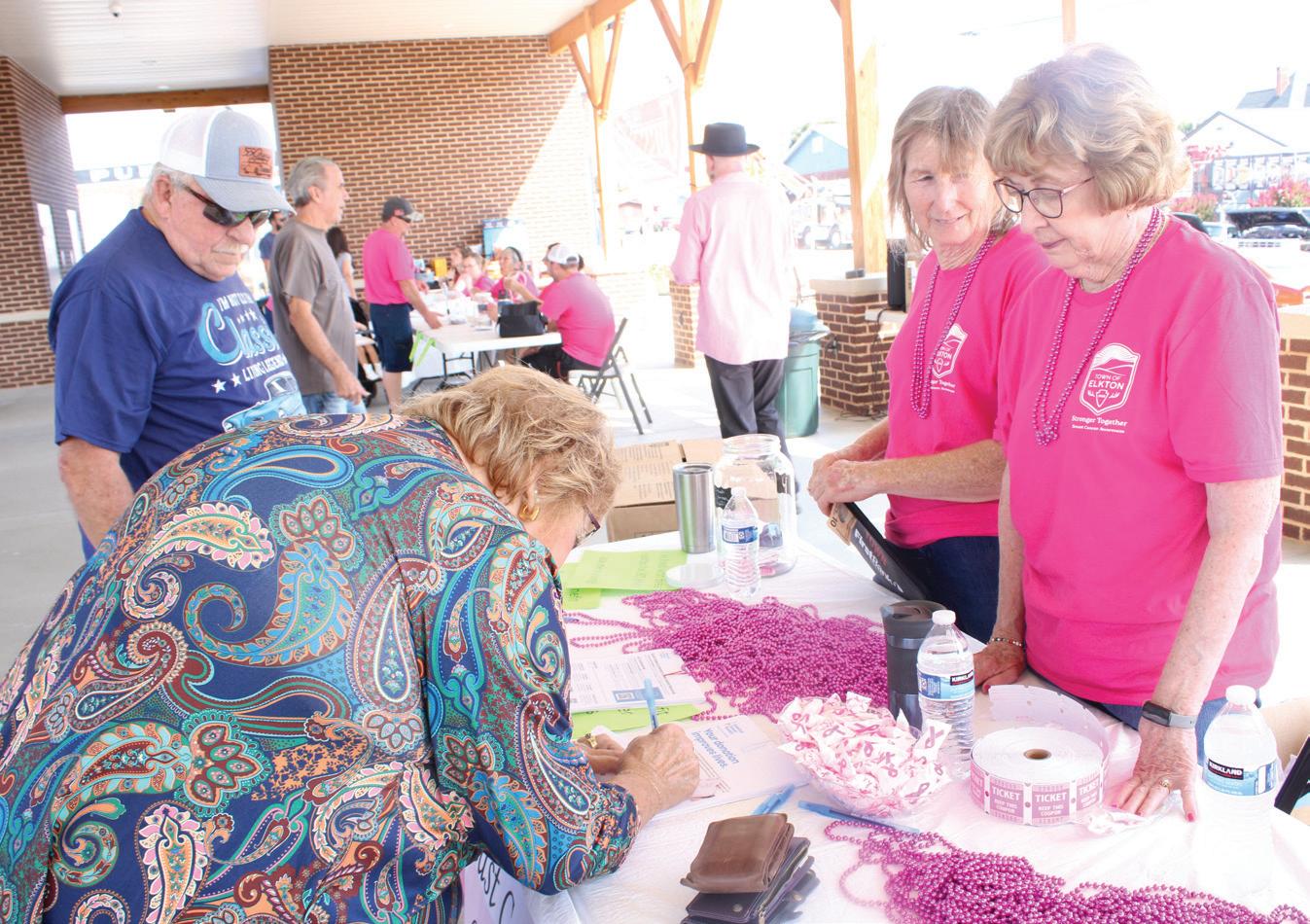
by Lee
Ron and Sue Eppard buy raffle tickets to support breast cancer research, as Lori Dixon and Donna Meadows watch. Also on the table are pink Mardi Gras-type beads to support the cause.
However, the relief from breast cancer was only temporary. In 1997, the cancer came back, now in her bones. Dixon didn’t know the cancer was back until she collapsed in a chiropractor’s office.
“I walked in, and they carried me out — bad advertising. Poor guy,” she said.
Her bones were so devastated the doctors didn’t know where to irradiate her first. They put her on intensive chemotherapy, then a bone marrow transplant. After that, the doctors put her on Herceptin, and she’s been on it for the past 28 or so years.
Working with the cancer awareness table with Dixon, Donna Meadows has her own story. She lost her husband to a brain tumor and a boyfriend to lymphoma. And as for herself?
“I am a two-time cancer survivor. It’s been 20 years. Twenty-four, actually,” she said.
Meadows said the money is for research and to help people who already have the disease.
Meadows said cancer affects the whole family, not just the person who has it.
Meadows said she was fortunate, but there are still many people with cancer, and she works to get the word out.
Meadows showed off the cancer awareness bracelet she was wear-
ing. She made them and sold them at the event. There are 28 stones in each bracelet — with different colors representing different forms of cancer. Forest green is for renal cancer, brown is for colorectal cancer, purple is for pancreatic cancer, orange is for leukemia, and so forth.
She wears her bracelets everywhere she goes. When strangers ask about the bracelet, she tells them what the stones mean. And then —
“Here. Take my bracelet; you need it,” she said.
Dixon said she has a life theory that she developed over the past three decades. Every day, new treatments become available, and she has worked to live well enough, long enough, to take advantage of medicines that aren’t here yet.
“You know you’re going to die one day; you don’t know when. Everybody’s going to die; for us, it’s real. It gives you a perspective on life,” she said. “It makes a big difference in the way you live your life.”
Contact Lee Zion at lzion@dnronline. com or 540-208-3174.

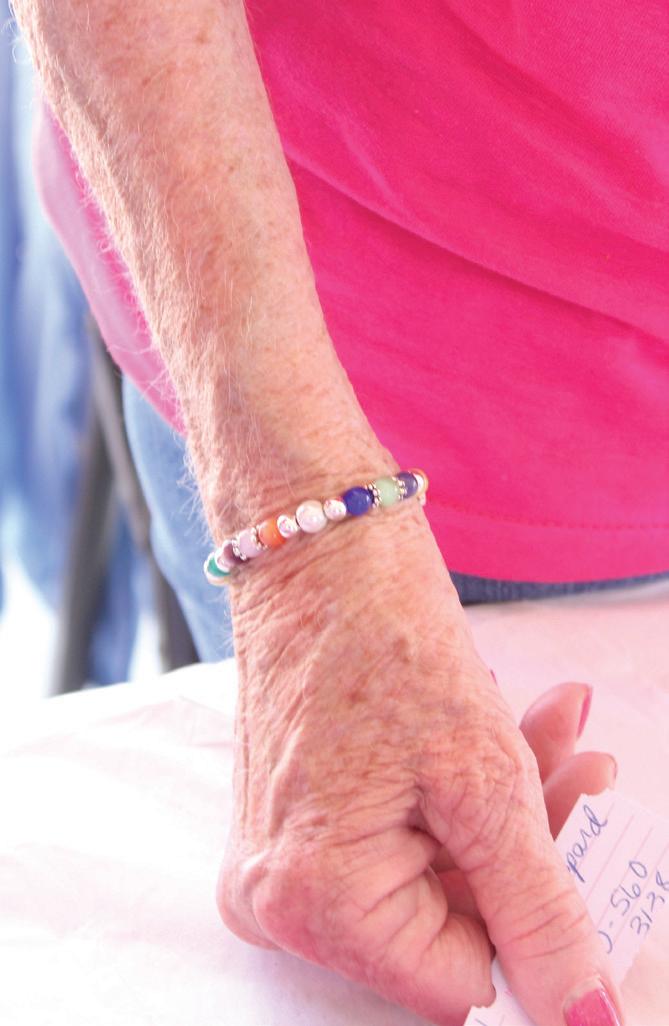




By Metro Media
Breast cancer affects millions of individuals each year. The World Cancer Research Fund International reports that breast cancer is the most commonly diagnosed cancer in women across the globe, affecting roughly 2.3 million women each year.
Despite the global prevalence of breast cancer, various organizations report high five-year survival rates, particularly among women whose cancers are detected in the earliest stages of the disease. In fact, a 2023 study published in the journal BMJ found that the risk for dying from breast cancer in the five years after an early-stage diagnosis fell to 5 percent in recent years, a notable improvement from the 14 percent risk of death that
was reported in the 1990s. Increased survival rates for breast cancer are welcome news for women and their families. The higher survival rates are a byproduct of the tireless efforts of cancer researchers, who also have discovered links between the disease and certain lifestyle factors. Though there’s no way to eliminate one’s risk for breast cancer entirely, the American Cancer Society notes certain variables are within women’s control. With that in mind, women can consider these three strategies that can lead to improved overall health and might help women lower their risk for breast cancer as well.
1
Reach and maintain a healthy weight. The benefits of maintaining a healthy weight include a lower
risk for heart disease and stroke, and women should know that weight and breast cancer risk are linked as well. According to the ACS, increased body weight and weight gain as an adult are linked to a higher risk of developing breast cancer. That’s particularly so among post-menopausal women. A 2023 study published in the journal BMC Women’s Health found that the chances of developing breast cancer increase among post-menopausal women who are obese.
2
Avoid a sedentary lifestyle. Exercise is one of the ways to achieve and maintain a healthy weight, so it makes sense that being physically active can reduce breast cancer risk. The National Cancer Institute reports that a 2016 meta-analysis of 38 cohort studies found that the most physically active women had between a 12 and 21 percent lower risk for breast cancer than women who were the least physically active. The NCI also notes that additional studies have found that women who become more physically
active after menopause also have a lower risk for breast cancer than those who do not.
3
Limit or eliminate alcohol consumption. The ACS urges women who drink to consume no more than one alcoholic drink per day, noting that consumption of even small amounts of alcohol have been linked to an increased risk for breast cancer. Officials with the MD Anderson Cancer Center note that the link between alcohol consumption and breast cancer risk is low. However, the MDACC notes that alcohol can contribute to unwanted weight gain, thus increasing cancer risk. In addition, alcohol can increase levels of estrogen and other hormones associated with breast cancer. It may be impossible to completely prevent breast cancer. However, women can embrace strategies that improve their overall health in ways that lower their risk for breast cancer.



Maintaining a commitment to a physically active lifestyle throughout life can help women lower their risk for breast cancer.



































By Metro Media
The term “breast cancer” does not describe a single type of cancer, but rather several forms of a disease that can develop in areas of the breast. The American Cancer Society says breast cancer type is determined by the specific cells in the breast that become cancerous. There are many different types of breast cancer, and the medical community’s understanding of the disease is based on decades of research and millions of patients treated.
In 2001, Dr. Charles Perou first classified breast cancer into subtypes based on genomic patterns. The Breast Cancer Research Foundation says breast cancer is broadly divided into two types: non-invasive breast cancers and invasive breast cancers. Non-invasive breast cancers are called Stage 0 breast cancers or carcinomas in situ. These are thought to be the precursors to breast cancer, says the BCRF. While non-invasive breast cancers are not initially life-threatening, if left untreated, they can develop into invasive breast cancers, which can be fatal.
Here is a look at some of the different types of breast cancer.
· Invasive ductal carcinoma: This is the most common type of breast cancer, advises the National Breast Cancer Foundation, Inc.®. Invasive ductal carcinoma accounts for 70 to 80 percent of all breast cancer diagnoses in women and men. This cancer forms in the milk ducts and spreads beyond.
· Invasive lobular carcinoma: This is the second most common type of breast cancer, accounting for 10 to 15 percent of diagnoses, says the BCRF. Invasive
lobular carcinoma originates in the milk-producing glands of the breast known as lobules. Tumors that form due to invasive lobular carcinoma more commonly grow in lines in the breast rather than in lumps, so they present differently on a mammogram.
· Inflammatory breast cancer: Inflammatory breast cancer is a rare, fast-growing type of breast cancer. The inflammatory name comes from the appearance of the skin of the breast. It looks red and inflamed, which is caused by breast cancer cells blocking lymph channels in the breast and skin, says Breast Cancer Now, a research and support charity.
· Tripe-negative breast cancer: The NBCF says a diagnosis of triple-negative breast cancer means the three most common types of receptors known to cause most breast cancer growths are not present in the cancer tumor. These receptors are estrogen, progesterone and the HER2/ neu gene. Since the tumor cells lack necessary receptors, certain treatments like hormone therapy and drugs that target these receptors are ineffective. Chemotherapy is still an option.
· Metastatic breast cancer: This type of breast cancer is also known as Stage IV breast cancer. Metastatic breast cancer originates in an area of the breast, but spreads (metastasizes) to another part of the body, most commonly the bones, lungs, brain, or liver, indicates BreastCancer.org. Individuals hoping to learn more about breast cancer should be aware that there are various types of the disease. Which type an individual has is an important variable doctors consider as they plan a course of treatment.
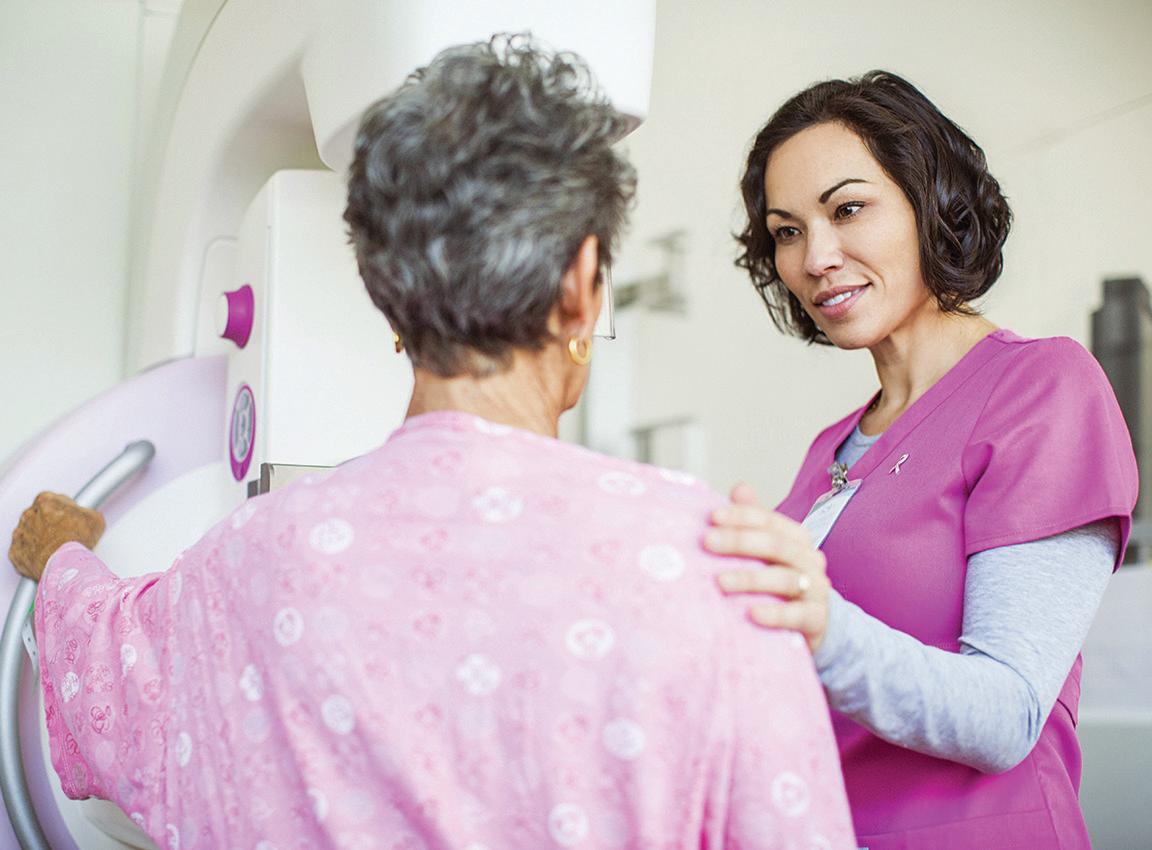















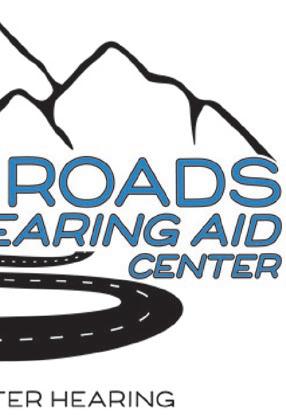









By Metro Media

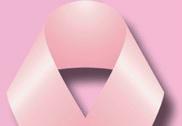

















A prevailing myth concerning breast cancer is that it only affects older women. Various medical organizations and institutions recommend women begin receiving mammograms starting at age 40, which may compel women younger than 40 to think that they are immune to breast cancer. Yale Medicine notes breast cancer in younger individuals is rare, but the organization reports it is the most common cancer among women between the ages of 15 and 39. In addition, a body of evidence points to a growing rate of breast cancer diagnoses in younger women.
The Cleveland Clinic says breast cancer in young women and people assigned female at birth is known as early-onset breast cancer. Even adolescents and young adults can get breast cancer. Although young people can get any form of breast cancer, invasive ductal carcinoma and triple-negative breast cancer are the most common forms of the disease among young women.
Diagnoses of breast cancer have steadily risen in women under age 50 over the last 20 years, says the Washington University School of Medicine in St. Louis. Researchers believe the surge is largely driven by increases in the number of women diagnosed with estrogen-receptor positive tumors, which are cancerous tumors fueled by estrogen. The researchers also found higher rates of breast cancer among Black women, particularly those between the ages of 20 and 29. Black women in this age group were found to have a 53 percent increased risk of breast cancer.
The Breast Cancer Research Foundation says that breast cancers in women under age 40 are more
likely to have features that contribute to poorer outcomes and prognoses. Larger tumor size, advanced tumor stage, negative hormone receptor status, and an over-expression of the HER2 protein are some such features. The BCRF also reports younger women are more likely to experience a recurrence at five and 10 years after therapy compared to older women. It is essential for younger women to be in tune with their bodies and learn to recognize any signs that may be indicative of breast cancer. Since annual screenings are not often part of preventative health plans for women younger than 40, adolescents and young adults need to alert their doctors if they suspect anything is wrong. Unfortunately, by the time a tumor in the breast can be felt, it likely has been present for some time already. Symptoms of breast cancer may include:
· Inverted nipple
· Breast lump or a lump in armpit
· Breast pain
· Changes in the skin of the breast
· Nipple discharge with or without pain
· Swollen lymph nodes
Any of these signs should be discussed with a primary care physician or a gynecologist.
Younger patients also are more likely to have a genetic connection to breast cancer. Individuals with one or more family members who were diagnosed with breast cancer are at higher risk and may want to consider screening at earlier ages.
Breast cancer is not a disease that only affects women 40 and older. Younger people can get breast cancer, and it’s often a surprise and sometimes more aggressive.
By Metro Media
Catching cancer in its earliest stages, when it can be treated most successfully, can increase the chances individuals who develop the disease go on to live long, healthy lives. Doctors are not as familiar with their patients’ bodies as the patients themselves, so it is vital for people to be aware of anything that seems out of the ordinary regarding their physical well-being. In regard to breast health, familiarizing oneself with how the breasts look and feel can help women detect breast cancer sooner rather than later.
The Mayo Clinic says breast self-exams encourage breast awareness. A self-exam is a visual and manual inspection of the breasts that people perform on their own at home. Opinions on the efficacy of breast self-exams are mixed. For example, a 2008 study of nearly 400,000 women in China and Russia reported that breast self-examination does not have a meaningful effect on breast cancer survival rates and may even lead to unnecessary tis-
sue biopsies. In response to this and similar studies, the American Cancer Society stopped recommending breast self-exam as a screening tool for those with an average risk of breast cancer. Still, other organizations, such as Breastcancer.org, advocate for breast self-exams when they are part of a comprehensive screening program that includes regular physical exams by a doctor, mammography, and ultrasounds and MRI testing.
The National Breast Cancer Foundation, Inc.® says a breast self-exam can be performed at least once a month. Establishing a baseline early on can help women detect abnormalities that much sooner. The exam should be done a few days after a menstrual period ends. For those who have reached menopause, the exam should be performed on the same day of each month to establish consistent results. There are a few different ways to conduct a breast self-exam. The Cleveland Clinic offers these three options and instructions.
1. While standing: Remove your shirt
and bra. Use your right hand to examine your left breast, then vice versa. With the pads of your three middle fingers, press on every part of one breast. Apply light pressure, then increase the pressure to firm. Feel for any lumps, thick spots or other changes. A circular pattern often helps you ensure you check the entirety of the breast. Then you should press the tissue nearest your armpit. Check under your areola (the area around the nipple) and squeeze the nipple to check for any discharge. Repeat these steps on the other breast. A standing exam is easily performed in the shower.
the same technique as described in option 1, using the pads of your fingers to check the breast. Change the pillow to the other shoulder, and check the other breast and armpit. Remember to check the areolas and nipples.

2. While lying down: Breast tissue spreads out more evenly while lying down, so this is a good position to feel for breast changes, particularly for women with large breasts. Lie down and put a pillow under your right shoulder. Place your right arm behind your head. Using your left hand, apply
3. Mirror examination: With shirt and bra removed, stand in front of a mirror. Place your arms down by your sides and look for any changes in breast shape, or any swelling and dimpling of the skin. Look for changes in the positioning of nipples. Next, place both hands on your hips and flex your chest muscles, once again looking for any changes while the muscles are in this position. Remember to look at both breasts. Breast tissue extends to the armpit, collarbone and the top of the abdomen, so it is essential to look at all these areas, not just the cleavage and nipples.
A self-examination is not sufficient to detect breast cancer. The NBCF says mammography can usually detect tumors before they can be felt, making a mammogram the best exam for early detection. Yet self-exams can be another tool for women to use to maintain breast health.
